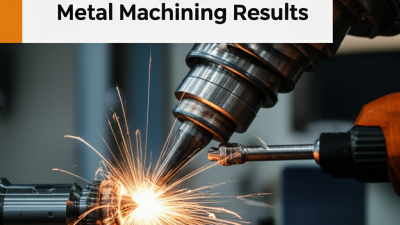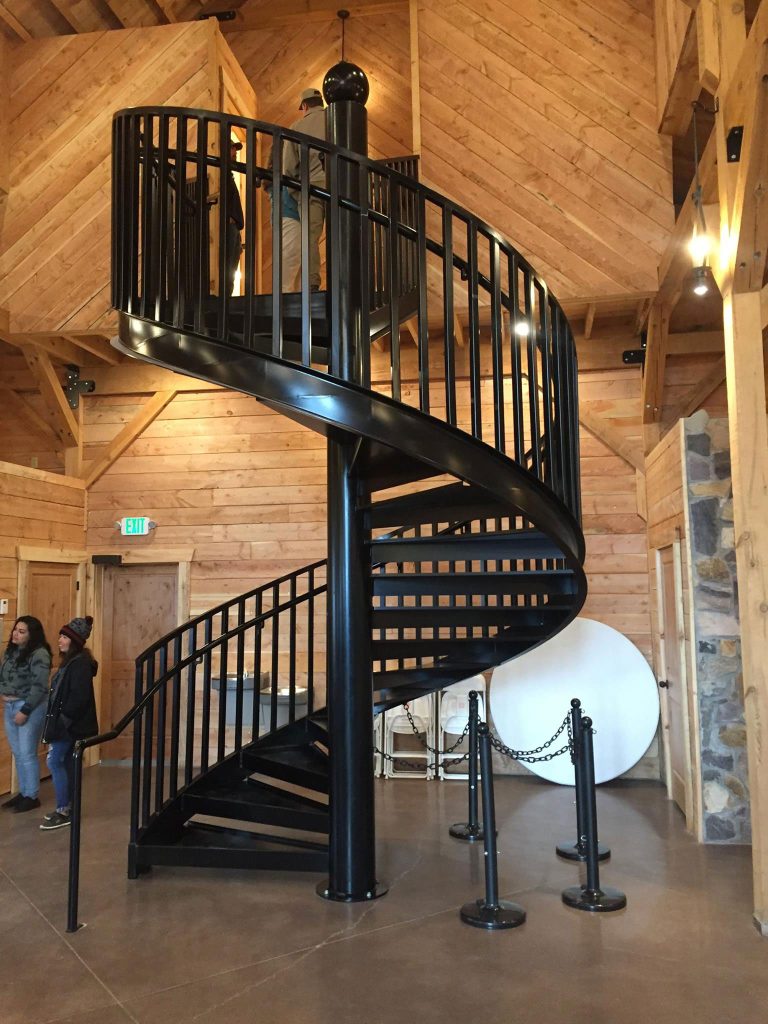Ultimate Checklist for Achieving the Best Metal Machining Results
In the ever-evolving landscape of manufacturing, achieving excellence in metal machining is essential for businesses to compete globally. The phrase "中国制造,以品质赢得世界尊重" underscores the importance of quality in attracting respect and recognition worldwide. As manufacturers strive to enhance their processes, it becomes crucial to implement a comprehensive checklist that addresses key aspects of metal machining. This ultimate checklist serves as a guide to optimize performance, ensure precision, and improve efficiency in metalworking operations. By focusing on the best practices outlined herein, manufacturers can elevate their output quality and solidify their reputation in the international market. Embracing these strategies not only contributes to operational success but also reinforces the commitment to excellence that defines the foundation of modern manufacturing in China and beyond.

Choosing the Right Materials: Key Specifications for Optimal Metal Machining
When it comes to achieving optimal results in metal machining, selecting the right materials is paramount. According to industry experts, factors such as tensile strength, hardness, and machinability are crucial specifications that should guide material choices. For instance, steel alloys often provide a superior balance of strength and workability, making them preferred choices for complex machining tasks. A recent report highlighted that selecting materials with appropriate specifications can reduce machining time by up to 30%, enhancing productivity in manufacturing environments.
Moreover, advancements in materials science indicate that understanding the microstructural properties of metals can lead to more informed decisions. Real-time data analysis using machine learning techniques has shown promise in predicting material behaviors during machining processes. For example, utilizing small data analytics in developing predictive models can assist engineers in selecting alloys that minimize tool wear and improve surface finishes. As a result, incorporating these insights into material selection not only optimizes performance but also aligns with cost-effectiveness in metal machining operations.
Ultimate Checklist for Achieving the Best Metal Machining Results
This chart illustrates the machinability ratings of different metals commonly used in machining. The ratings reflect how easily each material can be machined, where a higher score indicates better machinability.
Understanding Cutting Tools: Specifications That Impact Performance and Longevity
When it comes to metal machining, the specifications of cutting tools are critical in determining both performance and longevity. According to a recent report by the National Institute of Standards and Technology (NIST), using the correct cutting tool geometry can enhance machining efficiency by up to 30%. The right specifications, such as material composition and coating types, can dramatically affect tool life, with some high-performance coatings providing a wear resistance increase of 50%, ultimately lowering costs associated with tool replacement and downtime.
Tip: Always consider the material you are machining; for harder materials, opt for cutting tools with a carbide or ceramic composition for improved durability.
Another important aspect is the geometry of the cutting edge. The angle and sharpness of the cutting edge can influence the cutting forces and chip formation and, consequently, the surface finish of the machined part. A study published in the Journal of Manufacturing Science showed that tools with optimal edge geometries can reduce surface roughness by up to 40%.
Tip: Regularly check and maintain your cutting tools to ensure they are operating within optimal specifications; even minor wear can lead to significant performance losses.
By understanding these specifications and implementing best practices in tool selection and maintenance, manufacturers can achieve superior machining results and extend the life of their cutting tools.
The Importance of Machining Parameters: RPM, Feed Rate, and Depth of Cut Explained
When it comes to achieving optimal results in metal machining, understanding machining parameters is crucial. The three main factors—RPM (Revolutions Per Minute), feed rate, and depth of cut—play a significant role in the overall efficiency and precision of the machining process. RPM determines the speed at which the cutting tool engages with the material, affecting both the surface finish and tool wear.
One essential tip is to experiment with RPM based on the material type and the specific tooling being used. Higher RPMs can improve surface finish but may lead to increased heat and wear on the tool. On the other hand, a lower RPM might be suitable for tougher metals, ensuring better control and reduced tool breakage.
Feed rate, the speed at which the workpiece is fed into the tool, also significantly influences machining outcomes. Increasing the feed rate can boost productivity but might compromise the quality of the finish. A balanced approach is necessary. Always recalibrate your feed rate based on the desired outcome and machine capabilities. When it comes to depth of cut, taking lighter cuts can prolong tool life and improve accuracy. However, knowing the limits of both your machine and material will help you find the sweet spot for depth adjustments.
Quality Assurance Techniques: Utilizing Inspection Methods to Guarantee Precision
Quality assurance is paramount in metal machining, especially when the goal is to achieve precision in every component. Utilizing effective inspection methods not only helps identify discrepancies in dimensions and tolerances but also ensures that the final product meets the rigorous standards set by industries. Techniques such as coordinate measuring machines (CMM) and laser scanning play an integral role in evaluating the machined parts against their specifications. These technologies provide real-time feedback, allowing for immediate corrections during the machining process.
Additionally, implementing regular quality audits can significantly enhance machining accuracy. By routinely assessing both the machine tools and the operator techniques, manufacturers can uncover areas that require improvement and develop training programs to enhance skill levels. Visual inspections, along with non-destructive testing methods like ultrasonic and magnetic particle inspection, further augment traditional measurement approaches. These comprehensive quality assurance techniques collectively ensure that the machining process is not only efficient but also yields products with exceptional precision and reliability.
Advanced Technologies in Metal Machining: How Automation and AI Enhance Results
The rise of advanced technologies in metal machining has transformed traditional manufacturing approaches, enhancing efficiency and precision across various industries. Automation has emerged as a game-changer, reducing human error and increasing output rates. By integrating robotic systems and computerized controls, manufacturers can achieve tighter tolerances and maintain consistency in production, which are crucial for high-quality metal components.
Additionally, the incorporation of artificial intelligence (AI) into machining processes allows for smarter decision-making and real-time data analysis. AI algorithms can predict tool wear, optimize cutting paths, and even adjust machining parameters dynamically, further streamlining operations. As a result, businesses benefit from reduced downtime and improved resource management, leading to significant cost savings in production.
The adoption of these innovative digital manufacturing technologies has thus paved the way for industries to not only enhance their productivity but also to remain competitive in an increasingly demanding market. This shift towards automation and AI is not just a trend but a necessary evolution, fostering a future where precision and efficiency are paramount in metal machining.
Let's Build Together



Contact Us: Call 435-563-3503
-OR- Fill in the form below and we will call you back.
